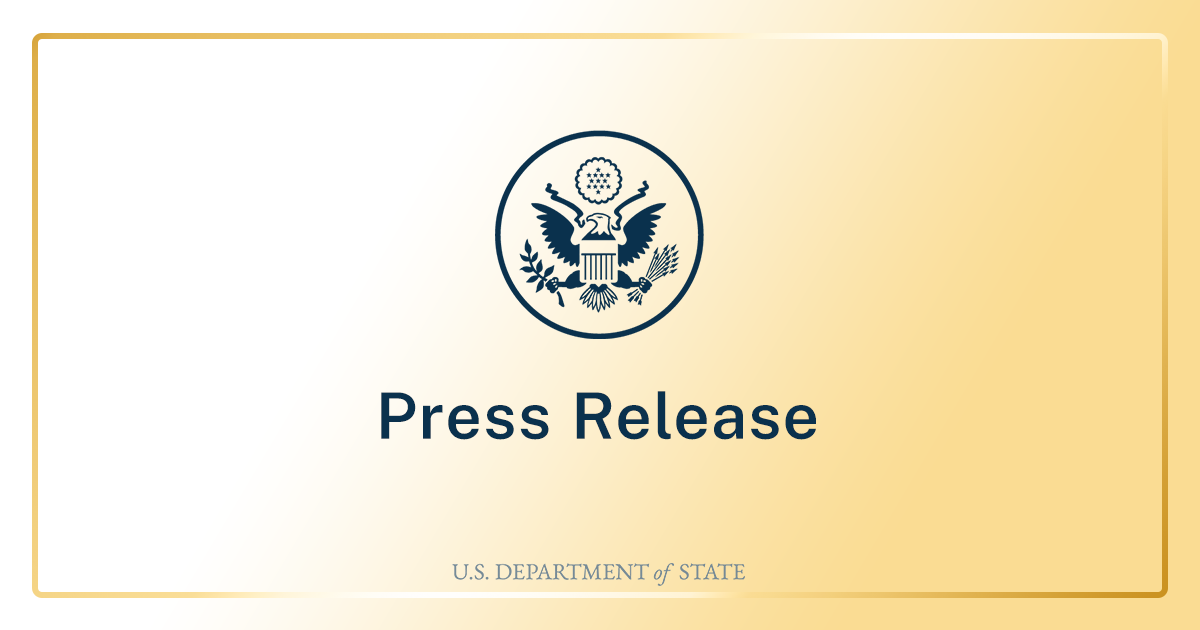
This week at the 67th Session of the United Nations Commission on Narcotic Drugs (CND) in Vienna, Austria, the international community came together and agreed to new controls for multiple precursor chemicals used in the illicit manufacturing of fentanyl and other synthetic drugs. The international scheduling of these chemicals will strengthen law enforcement efforts to counter trafficking of dangerous drugs that are devastating communities in the United States and around the world.
At the request of the United States, the International Narcotics Control Board (INCB) recommended two fentanyl precursors be placed under international control under the 1988 Convention: 4-piperidone and 1-boc-4-piperidone. The CND unanimously agreed to schedule these substances, allowing for new and stronger control of these chemicals.
The INCB also recommended that 16 additional substances that can be used in the illicit manufacture of methamphetamine and MDMA be placed under international control under the 1988 Convention: P-2-P methyl glycidic acid and its methyl ester along with seven additional esters of P-2-P methyl glycidic acid; the ethyl ester of 3,4-MDP-2-P methyl glycidic acid and six additional esters of 3,4-MDP-2-P methyl glycidic acid.
The World Health Organization (WHO) recommended the addition of the synthetic opioid butonitazene to the 1961 Convention and that four additional substances be added to the schedules of the 1971 Convention: 3-chloromethcathinone or 3-CMC, dipentylone, 2-fluorodeschloroketamine, bromazolam.
All recommendations were approved unanimously.
For further information, please contact INL-PAPD@state.gov or follow @StateINL on Twitter/X